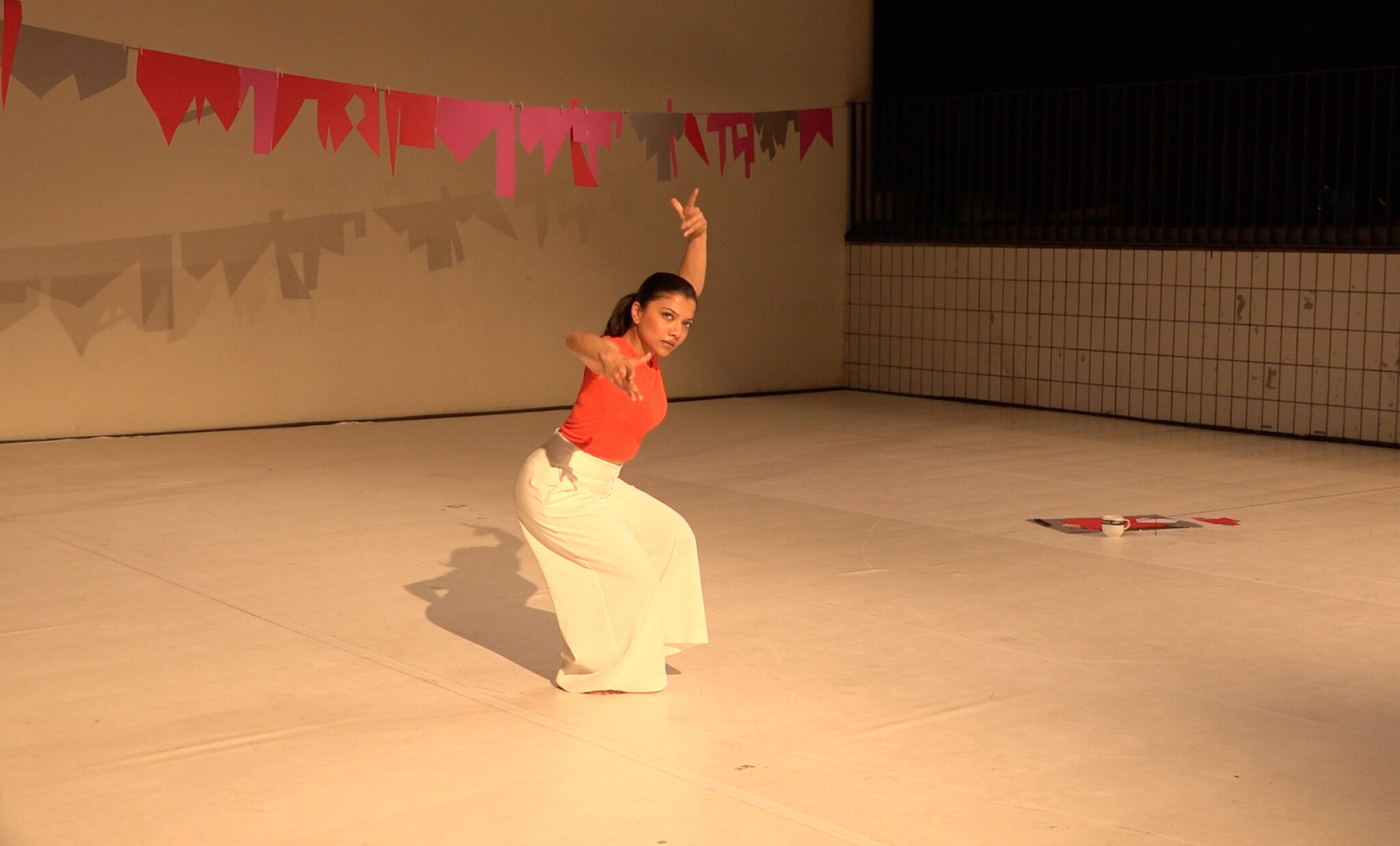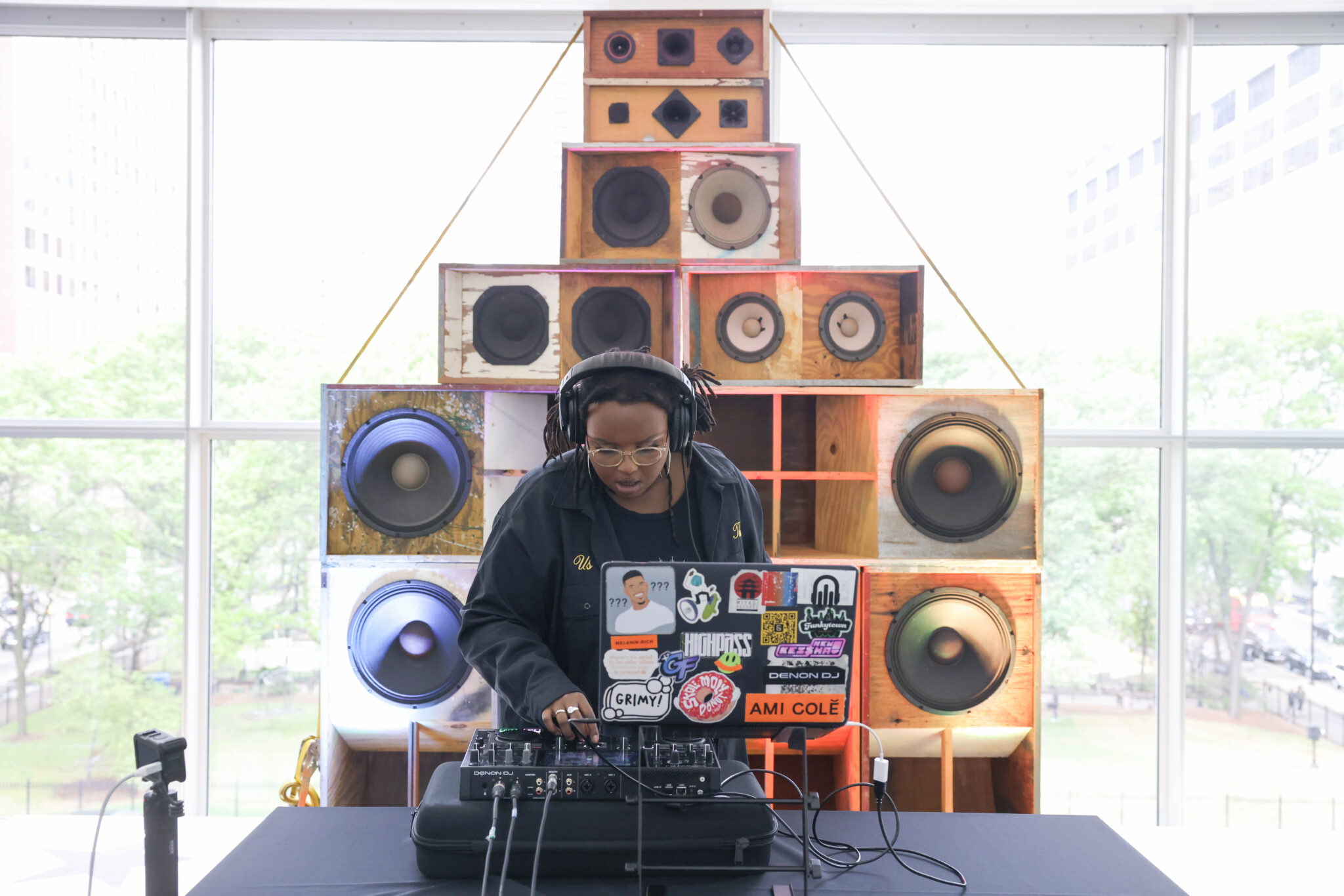Chicago’s museums offer great opportunities to learn whether it be about a cultures, eras, animals, or, in the case of the latest exhibit from the Museum of Contemporary Art Chicago, learn about one of the most important emotional processes—mourning.
“Doris Salcedo” is the first retrospective of the renowned Colombian sculptor covering her powerful 30-year career. Salcedo’s work is completely focused on the loss of life mostly through political violence. Before she works on a piece she does exhaustive fieldwork interviewing victims, absorbing their stories, and, with the help of her team, creating thoughtful, poetic pieces using materials that either inspired by or come directly from the conflict.

Doris Salcedo, Plegaria Muda (detail), 2008-10. Installation view, Doris Salcedo, MCA Chicago Inhotim Collection, Brazil. Photo: Nathan Keay, © MCA Chicago.
The placement, morphing, deconstruction, and reconstruction of typically ordinary objects like furniture or shoes is done in such a way that the viewer may not know exactly the story behind the piece but can easily identify the raw emotions behind it. All but three of Salcedo’s work in this retrospective are about situations in Colombia, but what she does so well is make that pain and loss universal. The viewer is first greeted by “Plegaria Muda” where an entire room is filled with two handcrafted tables where one is placed on top of the other separated by soil and with blades of grass coming through the top table. One viewer assumed the piece the piece was about the Holocaust when in reality it is partly about gang violence in Los Angeles and also about the experience of grieving mothers at mass graves. However, the mistaken viewer is not necessarily wrong because he still felt that sense of loss and despair that Salcedo wants to impart. “Atrabiliarios” is about the female victims of violence and those who have disappeared in Colombia but can be identified with any country that has forced disappearances an example being Argentina. By using ordinary objects Salcedo’s work has little geographical markers that not only lends itself to being universal but also eliminates all divisions between humans to focus on mourning.

Doris Salcedo, A Flor de Piel (detail), 2011-12. Rose petals and thread. Installation view, White Cube, London, 2012. Photo: Ben Westoby.
This sadness does not come without beauty, which is completely evident in the piece “A Flor de Piel.” You wont know from looking from afar but this large shroud is completely made of hand-stitched petals put through a chemical process to give it it’s leather-like quality. Salcedo created the piece initially as an offering to a Colombian nurse who was tortured to death.
This retrospective only covers a portion of Salcedo’s work as many of her most important work are the public arts projects that she does. Due to certain limitations those pieces can not be recreated, but they are covered in an informative documentary in one of the exhibits galleries that also covers Salcedo’s work process.
“Doris Salcedo” will be on view through May 24 at the Museum of Contemporary Art Chicago located at 220 E. Chicago Ave. For information on the exhibit as well as complimentary programming at mcachicago.org/exhibition/doris-salcedo.



